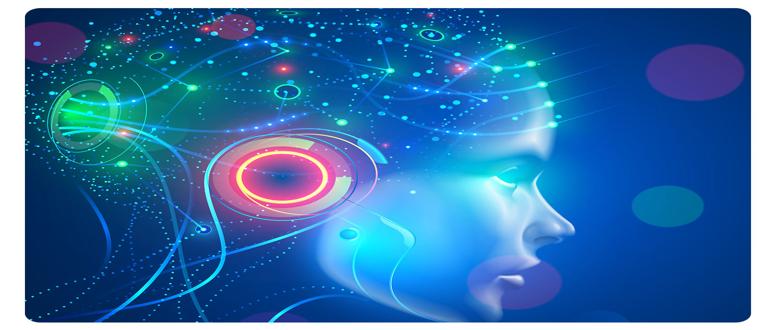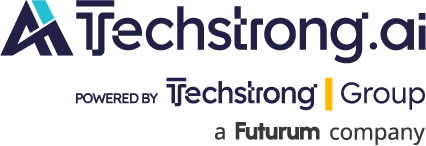
OpenAI on Tuesday unveiled Sora 2, its latest video and audio generation model, along with a new app that combines artificial intelligence (AI) creativity with social sharing.
The upgraded system promises more photorealistic video, improved physics, and, for the first time, AI-generated speech. Users can also insert themselves or others into clips through a new “cameo” feature, which requires a one-time identity verification via video and audio recording.
OpenAI research scientist Gabriel Petersson showcased the cameo feature on X, posting a video of his likeness riding a dragon, diving from a cargo ship, and sprinting through OpenAI’s offices alongside CEO Sam Altman.
The Sora app is being positioned as a social platform where people can share, remix, and discover AI-made videos. Like TikTok and Instagram, it uses an algorithmic feed tuned to user interests. OpenAI said the app will also introduce a “steerable ranking” option, giving people more control over the types of videos they see.
Sora 2 builds on the original Sora, released in February 2024, which was often criticized for physics glitches such as failing to accurately depict a basketball bouncing. OpenAI said the new version does a better job of obeying the laws of motion. Demos released by the company showed skateboard tricks, gymnastic routines, and martial arts sequences, though imperfections remain.
“The model is far from perfect and makes plenty of mistakes, but it is validation that further scaling up neural networks on video data will bring us closer to simulating reality,” OpenAI said in a statement.
The Sora app is available now on iOS, but access is invite-only. OpenAI said it will roll out availability gradually in the U.S. and Canada, with “generous limits” on video generation to balance demand with computing capacity. The company added that it may later charge for additional video creation if usage outpaced resources.
As with other AI tools, OpenAI emphasized safety measures. All Sora videos will carry a watermark and metadata tag to identify them as AI-generated. Cameo participation requires consent, which can be revoked. Teen accounts will be subject to parental controls and screen-time restrictions.
To mitigate risks, OpenAI said it is expanding its team of human moderators and has implemented filters to block unsafe content, including sexual material, terrorism, and self-harm, before videos are produced.
Despite the caveats, the company framed Sora 2 as a milestone on the path to more advanced AI.
“Video models are getting very good, very quickly,” OpenAI said. “General-purpose world simulators and robotic agents will fundamentally reshape society and accelerate the arc of human progress.”
OpenAI faces competition not only from a revitalized version of TikTok in the U.S. and Instagram, but China. Last week, ShengShu Technology released Vidu Q2, which includes comparable functions. The new release emphasizes AI acting, micro-expressions, emotional nuance, and cinematic control.

